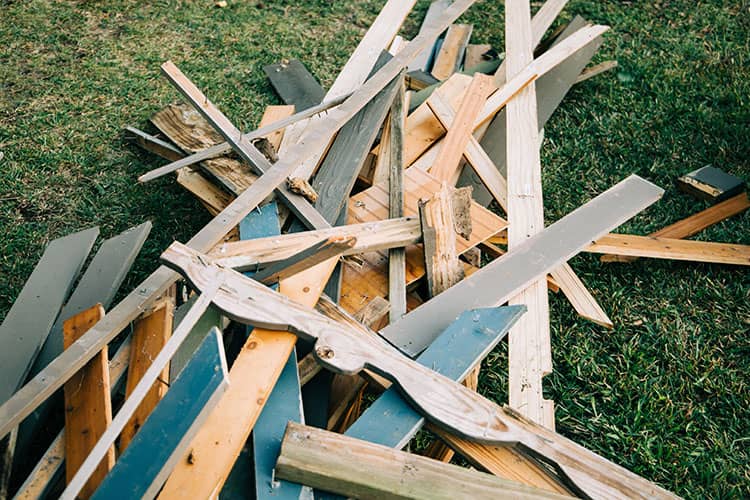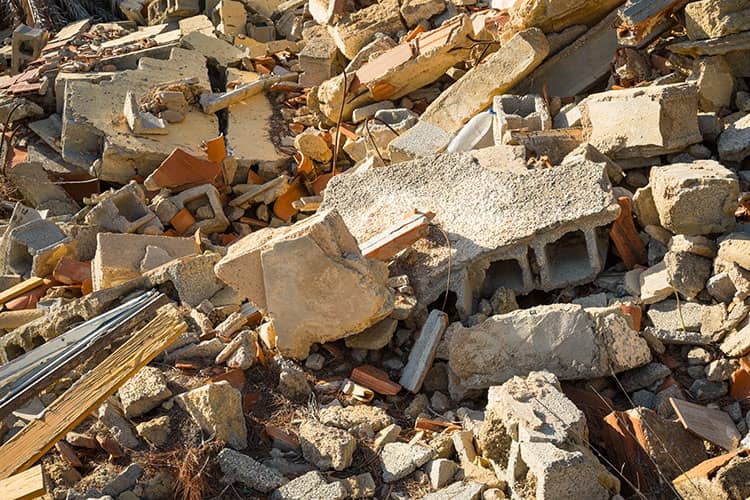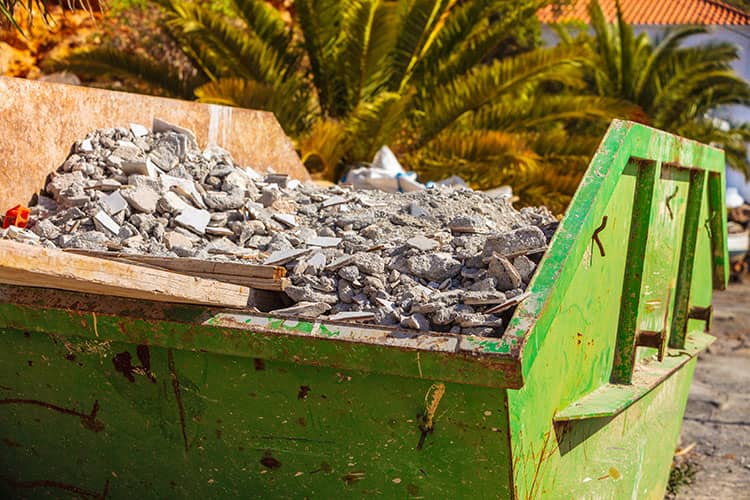At vero eos et accusamus et iusto odio dignissimos
Ideally, construction waste can be eliminated with proper and thorough planning. In the planning stage, project managers can determine the number of materials they need for the whole development. However, it is typically difficult to achieve. And that’s why managing waste is a better approach than aiming to eliminate it.
Part of waste management is correct waste disposal. A skip bin is a necessary part of the process. If your worksite has skip bins placed strategically in easily accessible areas, waste can be taken care of without issues.
At vero eos et accusamus et iusto odio dignissimos
Asbestos is the most popular type of hazardous construction waste material. A survey of the building that is up for renovation or demolition should always be performed prior to the activity. That way, materials containing asbestos can be identified. A plan can then be created to determine how to handle asbestos.
Lead paint can also be a problem, especially for buildings constructed before 1980. Exterior structures, including painted handrails, may contain lead paint, which should then be characterised to figure out their hazard level.
Other dangerous waste materials include PCB caulking, lamp ballasts, fluorescent light bulbs, high-intensity discharge bulbs, mercury-containing switches, and batteries.
At vero eos et accusamus et iusto odio dignissimos
Yes, many building components and debris can actually be recycled. For example, rubble and concrete can be turned into aggregate and other concrete-related products. Another is wood, which can be transformed into furniture and other engineered wood items. Steel, brass, copper, and other metals can be collected and formed into valuable commodities.
Construction waste recycling involves separating and sorting before placing them into the skip bins from Backyard Bins. Different sizes of skip bins make it easier to recycle construction materials even though the site is tight on space.
At vero eos et accusamus et iusto odio dignissimos
Reducing, diverting, and reusing construction materials can make up your construction waste management procedures. The initial step involves source reduction, which provides benefits, such as reducing energy use and waste generation. You should prioritise solid waste matters and aim to reduce waste in the first place.
Diverting and reusing materials can be a little bit more complex. Raw construction materials can be diverted, allowing them to be utilised as a resource. Some examples include land clearing debris, concrete, asphalt pavements, plastics, and clean wood. With this strategy, it’s possible to maximise the recovery of materials, conserve forest resources, and dissuade the creation of waste bound for disposal.
At vero eos et accusamus et iusto odio dignissimos
In today’s world, it is a requirement to include waste management in your construction or demolition plan. After all, it is inevitable that you will produce waste. One of the benefits of proper construction waste management is that it helps reduce the overall project expenses by avoiding purchases of excess materials.
Another is that construction waste management creates employment while increasing economic activities throughout the recycling industries in the country. Additionally, landfills are used less often, which then lowers associated environmental problems.
At vero eos et accusamus et iusto odio dignissimos
Construction materials consist of the debris generated throughout the entire building process. They often involve bulky and heavy items commonly found in construction, demolition, and industrial sites.
Some examples include concrete, asphalt, wood, metal, glass, rocks, and bricks. At the end of the project, the materials you will no longer use and need to dispose of are considered waste.


